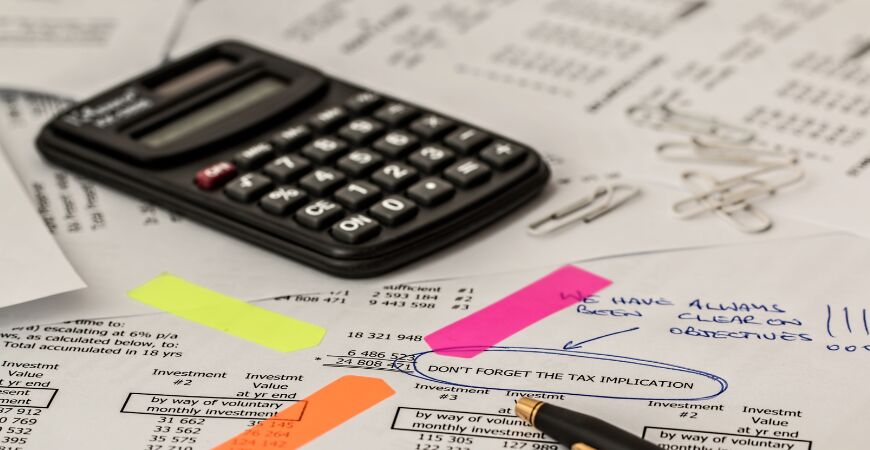

Tue 16 / 03 / 21
The Research and Development tax scheme explained
Does your business claim Research and Development tax credits? Tim Walsh, Regional Director of RandDTax, has put together a guide for understanding the government's R&D tax credit scheme.
By Tim Walsh of
RandDTax is one of the largest independently owned specialist R&D consultancies in the UK. We offer a personalised service, having helped over 1,350 companies gain more than £154 m in tax relief and tax credits, with a 100% success record.
What is the Research and Development tax credit scheme?
Research and Development (R&D) tax credits is one of the government’s top incentives, designed to reward UK companies for investing in innovation, and increase spending on R&D activities.
When companies take a risk and spend money on developing new or enhancing existing products, services or processes, they can claim an R&D tax credit to receive either a cash payment and/or corporation tax reduction. R&D can occur in any sector: whether it is a food industry or chemical engineering, advances in healthcare or digital development.
Who is eligible?
To be eligible for R&D tax credits, the company must be a limited company in the UK and have undertaken and spent money on qualifying research and development activities.
There are two variants of the scheme, depending on the size of the company: the SME R&D tax credits scheme and the large company (RDEC – Research and Development Expenditure Credit).
Small companies that have received subsidies or grant funding may need to use the large company scheme. The small company’s scheme is much more beneficial – paying the company upwards of 19% (typically 24.75%, maximum 33.35% depending on taxable profit/loss) of qualifying R&D costs. The large company scheme typically benefits by just under 10% of R&D cost.
What qualifies, and what can you claim?
The key eligible activity is resolving scientific or technological uncertainties. This might be achieved in many ways, for example: iterative development, prototyping, proofs of concept, experimentation or testing. The boundary of the R&D costs you can claim are those that relate to resolving the scientific or technological uncertainties you face.
These differ in nature from commercial projects or entire development projects which might include routine work, and elements not related to R&D. You can claim things like staff costs, subcontractors, externally provided workers, consumables or software.
But, knowing what you can and can’t claim for is a crucial part of the process. HMRC allows only specific categories of expenditure to be included in the R&D claim. Whilst HMRC offers exhaustive guidance on the legislation, it is not always straightforward when it comes to putting all the figures together.
The rules for R&D tax credits are complex and nuanced in places, and it is only through experience and a thorough understanding of the different qualifying costs and activities that allows us to prepare robust claims with confidence.
What if I am already claiming?
Although many companies are already benefitting from the R&D tax relief/credit scheme, only a small minority of companies are actually claiming the correct amount.
In fact, a high proportion of incorrect claims involve either underclaiming or overclaiming: resulting in companies either missing out on monies owed or overstating their R&D activities leaving companies vulnerable to lengthy HMRC enquiries.
Whilst there are intentionally fraudulent claims being submitted to HMRC, there are cases when inaccuracies and errors creep up in totally eligible claims. It is also common for businesses to unwillingly repeat the same mistakes in subsequent years until the numbers in their claim grow, along with the risks of inquiry and penalties. If R&D is not your daily job, a serious misunderstanding of either the costs calculation or technical evidence preparation processes can jeopardise the claim and leave you with less cash and more stress.
If you’re already claiming, or are looking to claim, it’s important to think carefully before going solo rather than getting specialist R&D tax advice.

How can R&DTax help?
We offer a Free Audit for companies that have claimed before, to ensure they are maximising their claim and not exposing themselves to compliance risk through the reports they are submitting or the records they are keeping. Our free audit can identify inaccuracies to optimise claims, maximise benefit and minimise risk of an investigation.
We are at the forefront of our industry, sitting on multiple HMRC committees to raise standards.
If you have any doubt, we are happy to talk through any concerns you might have and show you how a Free Audit can give you peace of mind and potentially increase you claim.
We can help by conducting an in-depth review of all the company's activities, interviewing key staff to discuss their roles, guidance on record-keeping, full technical report writing and preparation of R&D report.
Find out more and get in touch for a free audit here.
If you want to contribute to the Chamber blog, contact us on hannah@brightonchamber.co.uk


